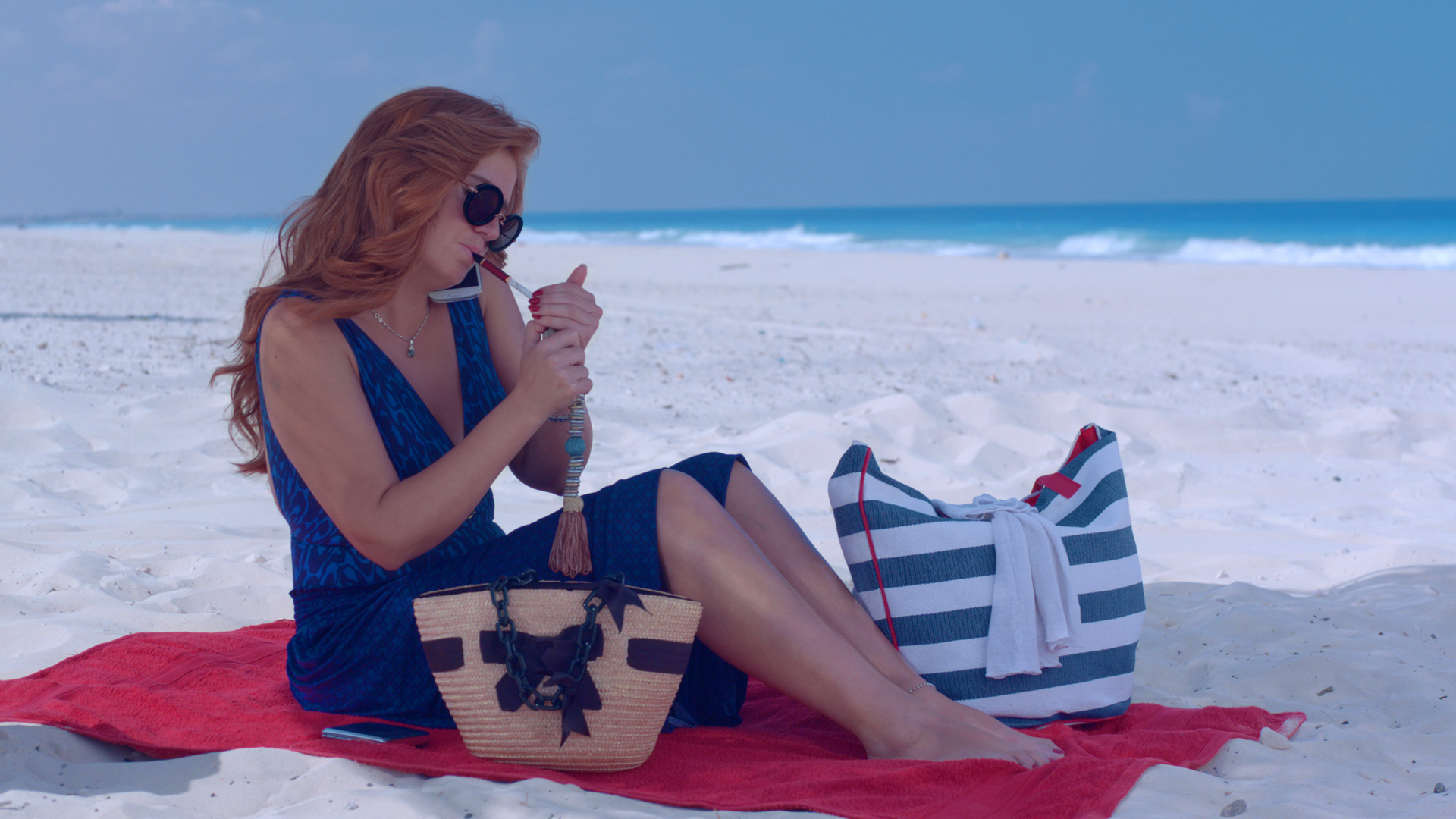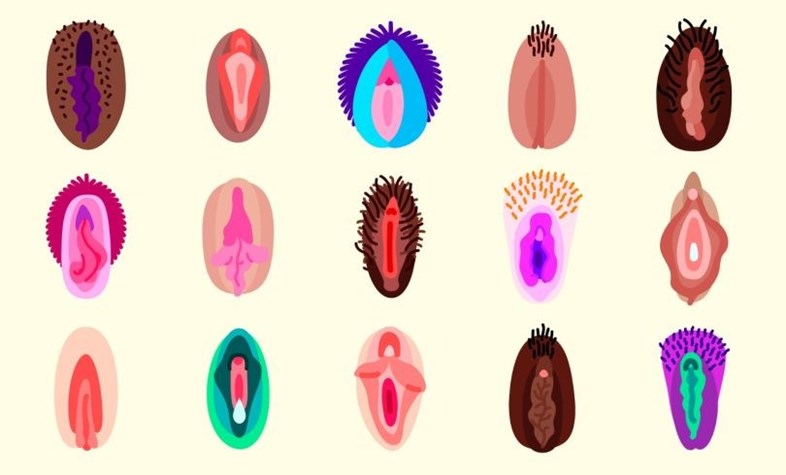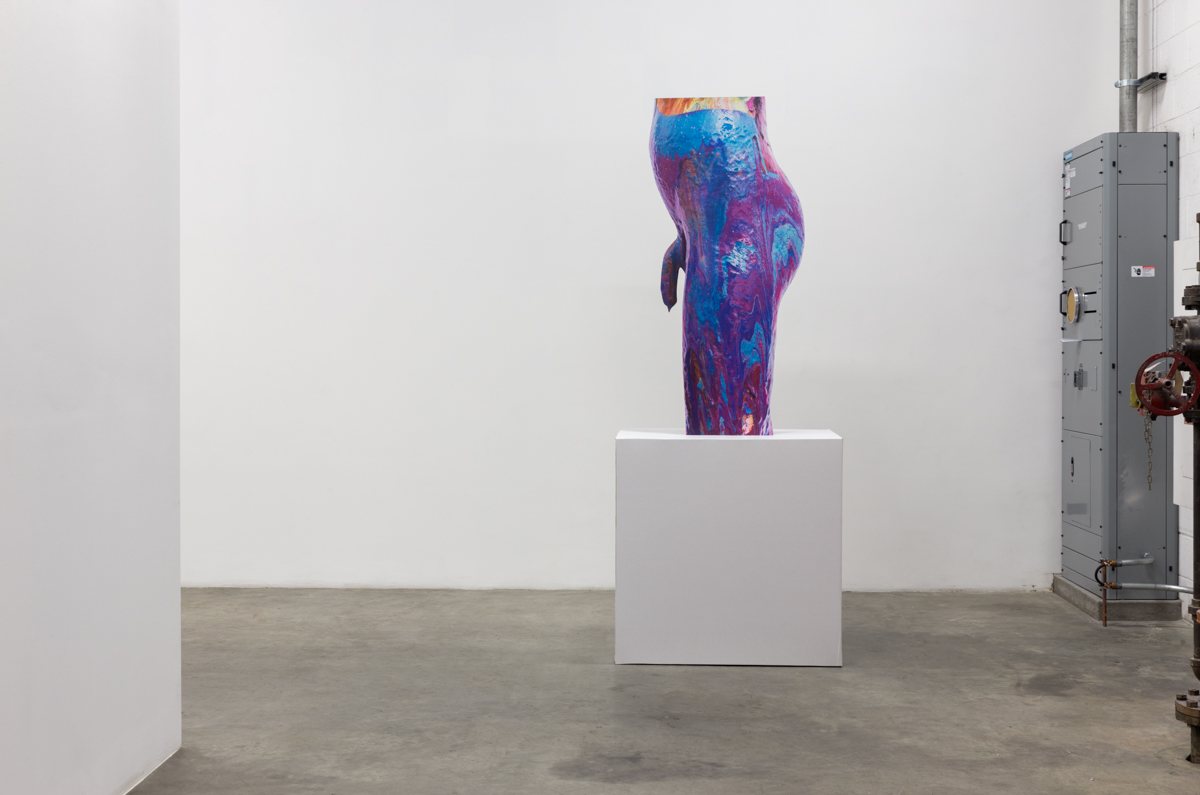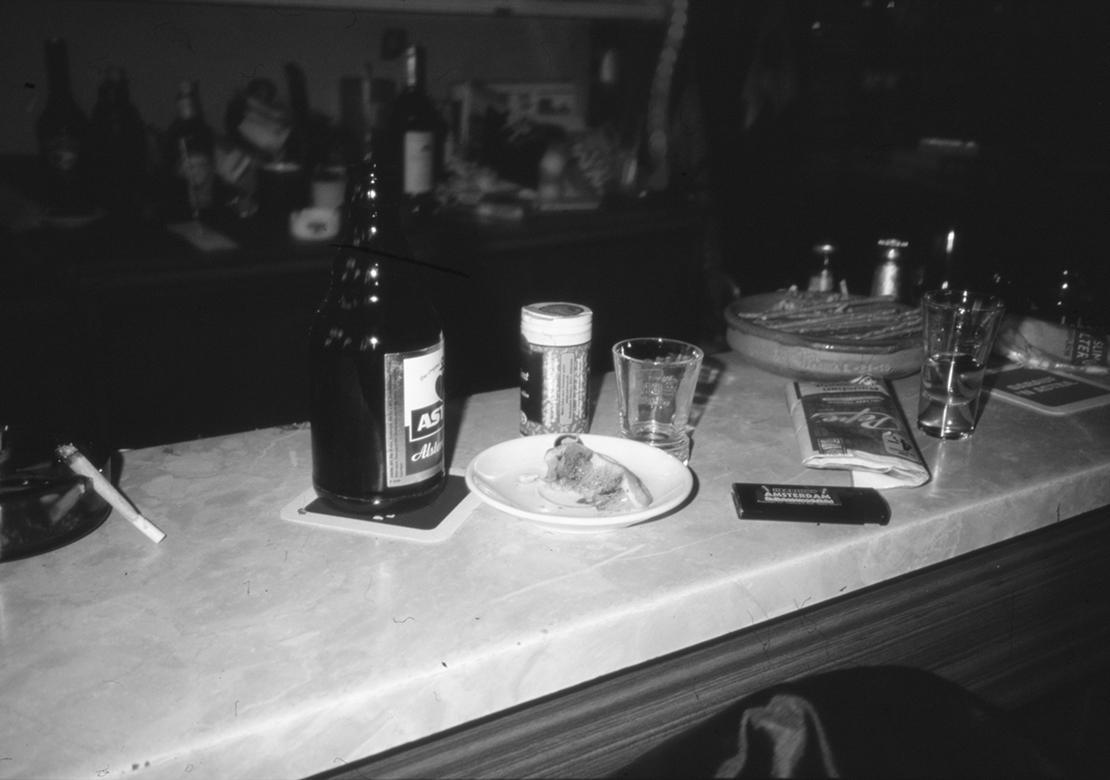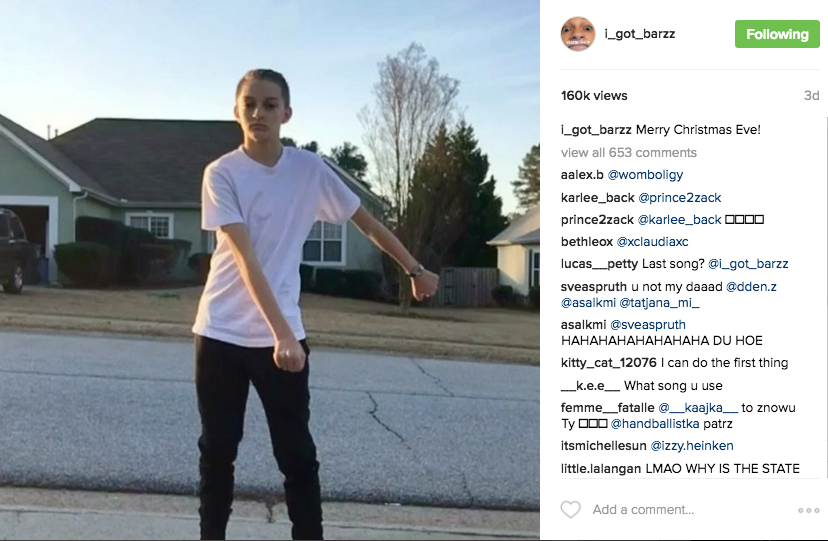I’d like to write something optimistic. Unfortunately, looking back on 2016 wouldn’t allow for that. There are only a few days left of this annus horribilis, and as the Queen put it during her Christmas Day broadcast, we all need to take a deep breath (is this the new ‘keep calm and carry on?). So, breathing deeply and looking forward, clean slate, fresh start: what do we need (in art) in 2017?
Think More About What Art Actually Does
In the manifesto written by the curator and artists of the seminal 1978 exhibition at the Serpentine Gallery, Art for Whom?, one of the group’s pledges was, “we refuse to accept that art today must inevitably be regarded as a marginal, mercantile, and misunderstood activity, alienated from most members of its potential audience.” They continue, in a list of 10 criteria, that, “we are convinced that art must be transformed into a progressive force for change in the future.” Critics and commentators of art are perhaps the most implicated in perpetuating the crime of sealing art off in polysyllabic words. If art is going to make a difference to the world we all live in, it has to be part of the world we all live in.
Rewrite History
Last month, I was at the Guggenheim Museum in Bilbao. I was a little surprised to see an important exhibition of abstract art with not a single woman in it. One of the curators — a woman, incidentally — also suggested during a press conference that all women dream of working in a haberdashery. The Guggenheim did not fare well in the Guerrilla Girls’ most recent diversity survey on European museums and institutes (the results of which are shown at the Whitechapel Gallery until March 5.)
On the other hand, this year I was also amazed to have my first encounter with a Sri Lankan in the National Portrait Gallery: a beautiful photograph taken in 1890 of Major Musa Bhai, a multi-lingual scholar and Salvation Army missionary, who was thought to have been born a Muslim who converted to Christianity in India under British Colonial rule. That single photograph presented so many stories to me: of colonialism, imperialism, faith, and migration. It also made me feel that my own heritage had a history that I’d never ever seen in any official British school or institute before. These stories have been absent, but now they are emerging and rewriting the past, present and future.
Be Less Afraid of Artists
This year, I went to a meeting with the directors of an important art fair. Thanks to a communications mishap, they were expecting me to interview them for a newspaper, while I had thought they were simply going to tell me what they were planning and had prepared nothing. In the sticky, painfully awkward 30 minutes that followed, I drank 10 glasses of water, aware that the panicked PR had run off on her phone, I wondered why part of being a writer is being constantly afraid of people. Artists are the scariest because they’re far more unpredictable. I have no idea what the impressive duo thought of the whole fiasco, or whether they even thought about it at all, but either way, ‘the fear’ is a plague and I’m looking for the vaccine.
Enjoy Life More
It goes hand in hand with the above: less fear, more joy. In 2016, I found a role model in the most unexpected form: an impossibly long-limbed, gamin 14-year-old boy from Georgia called Russell, who posts videos of himself dancing to Dirty South hits as @i_got_barzz. He’s been RG’d by Rihanna and imitated by Ilana Glazer of Broad City, to name but a few of his celebrity appreciators, so he’s hardly undiscovered, but he is an inspiration for 2017.
Say #No to Insta-Obituaries
While we’re on the subject of Instagram, Insta-obituaries are a disgrace. Systematically unfollowing.
Find More Sexy Art
Sex art is all over art fairs: it’s all part of the subtle rubbing of the subconscious that encourages buyers to buy and gallerists to get off with each other — a reminder: “We’re all animals underneath our hotel-pressed attire.” I’ve seen artists sketching boobs live, a performer weaving at a loom naked, countless penises, and phallic oozing foam at art fairs this year. The metaphors might be glaring, but is it actually arousing? Under the strip lighting, I’d have to say no, and ask where the real erotic art has gone?
I went to Juergen Teller’s exhibition on Robert Mapplethorpe at Alison Jacques gallery a few weeks ago, with close-up pictures of double fisting and blown-up pictures of semi-erections in Mapplethorpe’s rich black and white. They shout sex in a very blatant way, but their sexiness works, paradoxically, in a much more mysterious — and memorable — manner. It’s hard to think of an artist since whose work is as erotically charming. Can generation ‘sext’ come up with something as good in 2017?
Do Things Quietly
As Sir Herbert Read writes in The Philosophy of Modern Art, “we must wait, wait perhaps for a very long time, before any vital connection can be re-established between art and society.” The world now is more fragmented, and I’ve started to notice artists who like to say they prefer “doing things quietly.” Hating the hypebeast has always been the rule of radical and sensitive artists, but in 2017 ‘doing things quietly’ is the acknowledgement, as Read says, of the “bitter wind” that blows. Saying less, doing more. It’s a no-brainer, but hopefully, we’ll still have some content for the magazine.
Try Being Jomon
I was lucky enough to meet the 84-year-old artist Nakamura Hiroshi earlier this year in Tokyo, and to have a very nice discussion with him, (thanks to the artist Yoshiko Shimada who was our impromptu translator). Hiroshi has lived through a lot. On the purpose of art and its role in politics, he told me, that whatever we produce now, in the face of the overwhelming natural disasters, is pitiful and puny. He believed the only thing that can happen from here is to return to the methods of the Jomon age — the prehistoric period in Japan — when melting glaciers separated the lands, but creativity peaked by resolving to make life better, resulting in some of the most remarkable cultural achievements of humankind.
